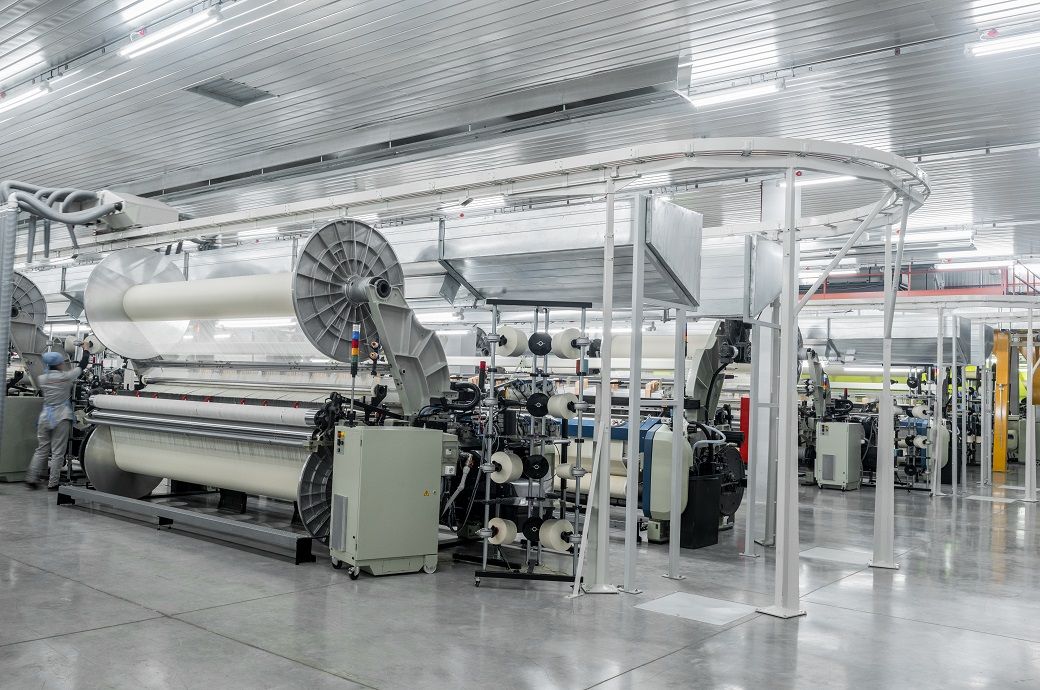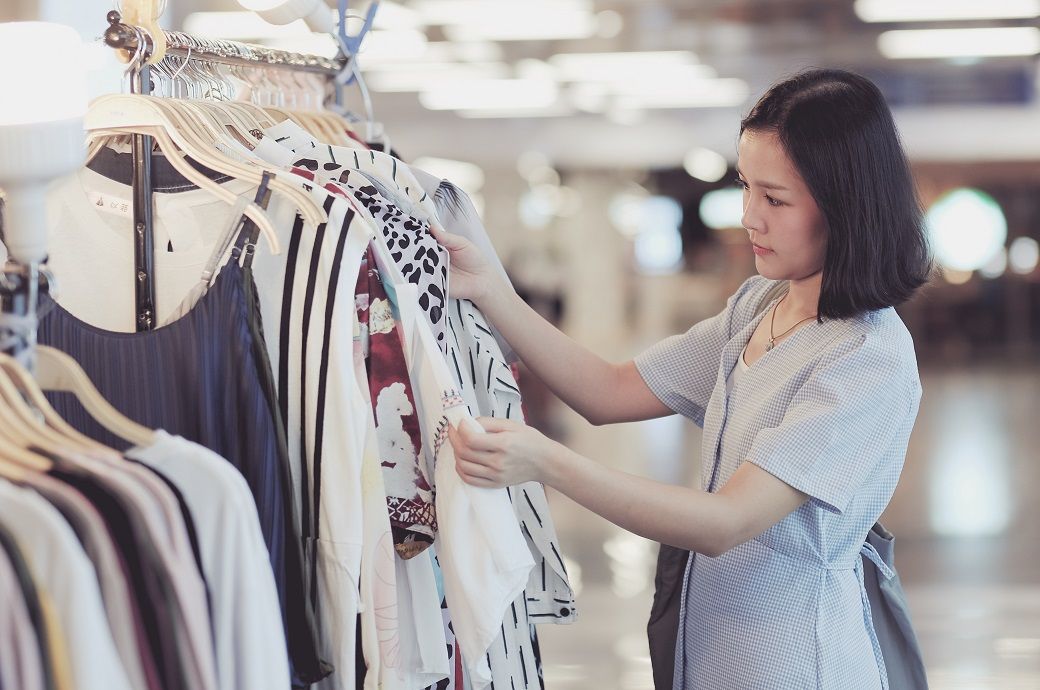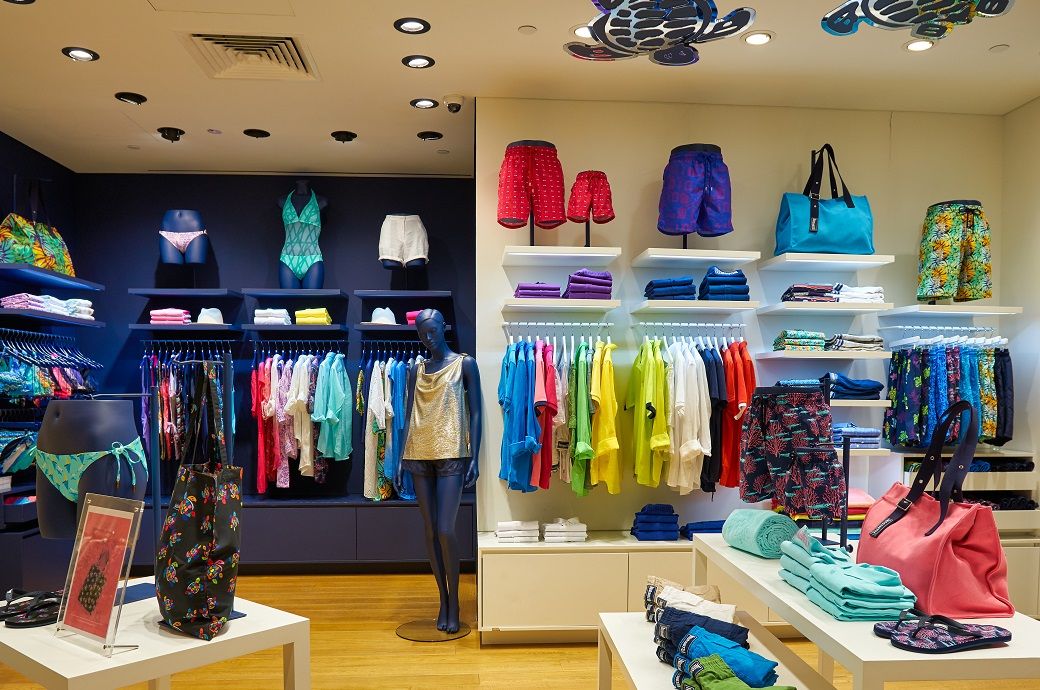Fashion
India’s Industrial output rises 4% as economy shows strong resilience

Dun & Bradstreet estimates IIP growth to have moderated to 3.5 per cent in October compared with 4 per cent in September and 4.1 per cent in August due to weaker non-durable consumer output, inventory overhang, and subdued external demand. Even so, the combination of strong domestic demand, prudent monetary policy, and rising trade diversification continues to shield the Indian economy from global turbulence.
India’s economy remains resilient, with IIP up 4 per cent in September 2025 despite global slowdown pressures, according to Dun & Bradstreet.
It expects moderation to 3.5 per cent in October, while inflation eases sharply, with CPI projected at 0.6 per cent and WPI turning negative.
Firm domestic demand, rising gold reserves, and stronger external inflows continue to support India’s growth outlook.
CPI inflation eased sharply to 1.5 per cent in September—its lowest level since June 2017—and is projected to fall further to 0.6 per cent in October, driven by subdued food prices and GST rationalisation effects. WPI inflation is estimated to turn negative at minus 1 per cent in October, from 0.1 per cent in September and 0.5 per cent in August. These indicators, also highlighted in the table, point to cooling input costs and improving purchasing power. While this may support short-term demand, Dun & Bradstreet notes that post-festive normalisation and muted wholesale pricing power may lead businesses to adjust production and delay restocking, Dun & Bradstreet said in a press release.
Financial conditions remained broadly stable. The 10-year G-Sec yield is estimated to have eased to 6.5 per cent in October, while the 91-day T-Bill yield held steady at 5.5 per cent for the third straight month. The repo rate remained unchanged at 5.5 per cent as the RBI kept a neutral stance, citing resilient growth and subdued inflation. Liquidity fluctuated due to festive and GST outflows, prompting the central bank to conduct multiple repo and reverse repo auctions. Bank credit growth is estimated to moderate to 9.8 per cent in October from 10.4 per cent in September. These trends are captured in the table, which shows steady short-term yields and modest credit softening.
India’s external buffers strengthened further, particularly gold reserves. The RBI’s gold holdings stood at $97.5 billion at the end of September, accounting for 13.9 per cent of total forex reserves—the highest share in more than two decades. The RBI also declared a record redemption price of ₹12,704 per unit for Sovereign Gold Bonds issued in 2020, reflecting the rise in global gold prices. The rupee averaged ₹88.6 per USD in October, with expectations of mild appreciation to ₹88 in November, consistent with the table’s exchange rate forecasts.
India’s external sector displayed resilience alongside emerging pressures. The central bank’s amendment to the Foreign Exchange Management Regulations now permits rupee-denominated lending to Sri Lanka, Nepal, and Bhutan, promoting greater regional financial integration. India drew foreign investment inflows of $7.3 billion in Q1 FY26, comprising $2.5 billion in FII inflows and $1.6 billion in portfolio investment, reflecting global investor confidence in India’s economic fundamentals.
“India’s economic trajectory continues to defy global headwinds, anchored by resilient domestic fundamentals and a benign inflation outlook. Industrial output remains robust, though signs of post-festive normalisation and inventory adjustments suggest a near-term moderation,” said Arun Singh, global chief economist, Dun & Bradstreet.
“The RBI’s neutral stance and stable yields reflect confidence in macroeconomic stability, while strategic trade diversification and rising gold reserves underscore India’s proactive positioning as a resilient and forward-looking economy amid global uncertainty. As advanced economies grapple with fiscal fragility, India’s calibrated policy mix and expanding external partnerships offer a compelling narrative of resilience and opportunity in a fragmented global landscape,” added Singh.
Fibre2Fashion News Desk (SG)
Fashion
China retail sales up 4.3%, industry maintains strong 2025 momentum

China’s retail and industrial indicators for the first 10 months of 2025 signalled steady economic recovery, with consumption and high-tech manufacturing showing notable strength, according to data released by the National Bureau of Statistics (NBS).
China’s economy showed steady recovery in the first 10 months of 2025, with retail sales up 4.3 per cent to $5.82 trillion and online sales rising 9.6 per cent.
October retail grew 2.9 per cent.
Industrial value-added rose 6.1 per cent in Jan–Oct and 4.9 per cent in October.
Profits reached ¥5.37 trillion.
PMI was 49, while expectations stayed upbeat at 52.8.
Retail sales of consumer goods rose 4.3 per cent year on year (YoY) to ¥41.2169 trillion (~$5.82 trillion). Online retail sales reached ¥12,791.6 billion, up 9.6 per cent, with physical goods contributing ¥10,398.4 billion, accounting for 25.2 per cent of total retail sales.
In October alone, retail sales grew 2.9 per cent YoY to ¥4,629.1 billion. Urban retail sales rose 2.7 per cent, while rural consumption expanded 4.1 per cent, the National Bureau of Statistics (NBS) said in a release.
Industrial activity also gained traction. The total value added of industrial enterprises above the designated size increased 4.9 per cent YoY in October and 0.17 per cent month on month (MoM).
For January–October, industrial value added grew 6.1 per cent YoY. Industrial enterprises earned profits of ¥5,373.2 billion in the first nine months, up 3.2 per cent YoY. October’s Manufacturing Purchasing Managers’ Index stood at 49 per cent, while the Production and Operation Expectation Index reached 52.8 per cent, indicating continued optimism among manufacturers despite short-term pressures.
Fibre2Fashion News Desk (HU)
Fashion
Germany’s swimwear trade: Asia-Pacific leads volume, Europe tops value
Fashion
Quiz says Q4 partywear launch drives sales higher, gold sees accessories comeback

Published
November 19, 2025
The reports coming-out of Quiz Clothing have been largely about decline for several years but so far in 2025, it seems to have turned a corner and news this week has added to that view.
After September’s report of rising summer sales and last month’s release detailing improved results and store opening plans, now it has said that the launch of its latest partywear collection has also driven sales higher.
The company said like-for-like sales have risen 6% on the back of the launch, which was its biggest party collection to date. The 250-piece offer debuted at the end of October and meant the Scotland-based retailer has seen a strong start to the Golden Quarter.
Quiz added that early trend indicators for the party season point to shoppers buying into longer length midi and maxi dresses with mesh, satin and velvet fabrics helping to drive sales. Key colours are the always-popular black, with shoppers also buying bottle green, navy blue and brown.
The company has also seen stronger demand for its footwear and accessories with stiletto heel evening shoes and clutch-style evening bags in gold leading sales.
In fact, CEO Sheraz Ramzan said that for footwear and accessories “gold has overtaken silver as the metallic of choice, due largely to its ability to pair with the many brown, berry and green tones coming through on dresses”.
The company has also identified Glasgow, Manchester, Sheffield and London as the cities leading early demand for partywear with an average £60 basket value.
Copyright © 2025 FashionNetwork.com All rights reserved.
-

 Tech1 week ago
Tech1 week agoFrom waste to asset: Turning ethanol production CO₂ into jet fuel
-

 Tech4 days ago
Tech4 days agoNew carbon capture method uses water and pressure to remove CO₂ from emissions at half current costs
-

 Politics5 days ago
Politics5 days agoBritish-Pakistani honoured for transforming UK halal meat industry
-

 Sports3 days ago
Sports3 days agoTexas A&M officer scolds South Carolina wide receiver after touchdown; department speaks out
-

 Business4 days ago
Business4 days agoThese 9 Common Money Mistakes Are Eating Your Income
-

 Business4 days ago
Business4 days agoWhat’s behind Rachel Reeves’s hokey cokey on income tax rises?
-

 Tech1 week ago
Tech1 week agoSecurity flaws in portable genetic sequencers risk leaking private DNA data
-

 Fashion6 days ago
Fashion6 days agoAdidas & Patrick Mahomes expand NIL programme with Texas Tech athletes


















